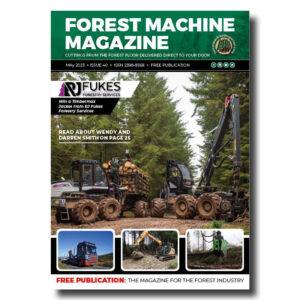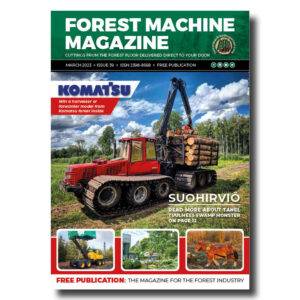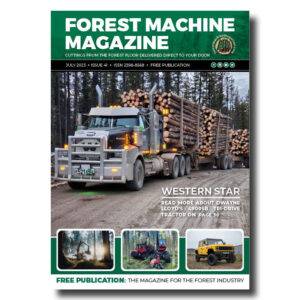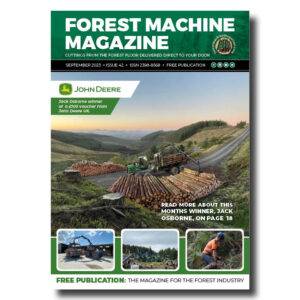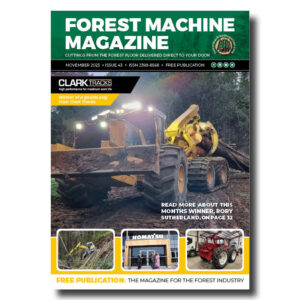NASA and Japan to launch world’s 1st wooden satellite as soon as 2024
The magnolia wood LignoSat is an attempt to make space junk biodegradable.
NASA and the Japan Aerospace Exploration Agency (JAXA) are planning to launch the world’s first wooden satellite into space in a bid to make spaceflight more sustainable.
LignoSat, a coffee mug-size satellite made from magnolia wood, is set to launch into Earth’s orbit by summer 2024, according to the space agencies.
Wood doesn’t burn or rot in the lifeless vacuum of space, but it will incinerate into a fi ne ash upon re-entry into Earth’s atmosphere — making it a surprisingly useful, biodegradable material for future satellites. After successfully testing their wood samples aboard the International Space Station (ISS) earlier this year, the scientists believe the test satellite is fit for launch.
“Three wood specimens were tested and showed no deformation after space exposure,” the researchers said in a statement in May.
“Despite the extreme environment of outer space involving significant temperature changes and exposure to intense cosmic rays and dangerous solar particles for 10 months, tests confirmed no decomposition or deformations, such as cracking, warping, peeling, or surface damage.”
To decide which wood to use, the scientists sent three wood samples —magnolia, cherry or birch — to the ISS to be kept in a module that was exposed to space. The researchers settled upon magnolia because it is less likely to split or break during manufacture.
-
That’s a remarkable amount of work hours for a single machine, the Norcar 600 owned by Erkki Rinne is taken well care of, it even has the original Diesel engine.
-
Kieran Anders is a forestry contractor working in the lake district. His work involves hand cutting and extracting timber using a skidder and tractor-trailer forwarder.
-
It is not possible to eliminate chain shot, but there are simple steps that can be taken to reduce the risk.
-
Arwel takes great pride in the fact that the mill has no waste whatsoever, “the peelings are used for children’s playgrounds, gardens and for farm animals in barns in the winter and the sawdust has multiple uses in gardens and farms as well.
-
Timber hauliers need to encourage young blood in, and also look after the hauliers we have, we need make the sector a safe and positive place to work.
FIND US ON
Related Posts
For great advertising rates please email Rab at forestmachinemagazine@mail.com
More than 9,300 tons (8,440 metric tons) of space objects — including space junk such as inoperative satellites and chunks of spent rocket stages— currently orbit Earth. But the shiny metals they are made from, such as lightweight titanium and aluminium, increase the overall brightness of the night sky by more than 10% over large parts of the planet, creating ambient light pollution that makes distant space phenomena harder to detect.
Spacecraft made from metal are also expensive and pose a threat to the ISS, other spacecraft carrying humans and — if they’re big enough to survive re-entry —people on Earth too. Wooden satellites like LignoSat should theoretically be less harmful as space junk, according to the researchers.
Forest Machine Magazine is written and edited by a forest professional with over 40 years hands on experience. We are dedicated to keeping you informed with all the latest news, views and reviews from our industry.
To support us you can subscribe to our bi-monthly magazine which is delivered to your door from only £15 per year.
Subscribe here
#homeoflogging #writtenbyloggersforloggers #loggingallovertheworld



